Report this entry
More from the same community-collection
Photography by Korina Rodríguez Romero (Koko Dianto)
There is nothing more pleasing and rewarding than witnessing the ...
Photography by Lorna Marie Probasco
There is nothing more pleasing and rewarding than witnessing the ...
Photography by Lorna Marie Probasco
There is nothing more pleasing and rewarding than witnessing the ...
Photography by Luis A Briseno-Thome
There is nothing more pleasing and rewarding than witnessing the ...
Photography by Luis A Briseno-Thome
There is nothing more pleasing and rewarding than witnessing the ...
Photography by Luis Gamboa Camarena
There is nothing more pleasing and rewarding than witnessing the ...
Photography by Luis Gamboa Camarena
There is nothing more pleasing and rewarding than witnessing the ...
Photography by Luis Mariano Miranda Jr (Luis Mariano)
There is nothing more pleasing and rewarding than witnessing the ...
Photography by Luis Mariano Miranda Jr (Luis Mariano)
There is nothing more pleasing and rewarding than witnessing the ...
Photography by Luz Magallanes (Luz Wolf)
There is nothing more pleasing and rewarding than witnessing the ...
Photography by Luz Magallanes (Luz Wolf)
There is nothing more pleasing and rewarding than witnessing the ...
Photography by Manuel Schydlower
There is nothing more pleasing and rewarding than witnessing the ...
Photography by Manuel Schydlower
There is nothing more pleasing and rewarding than witnessing the ...





















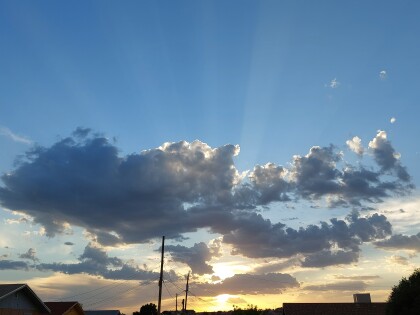

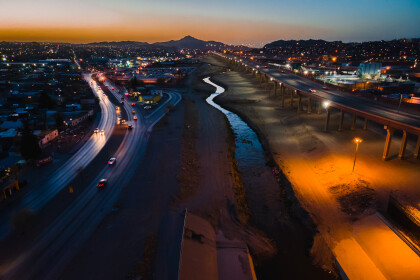
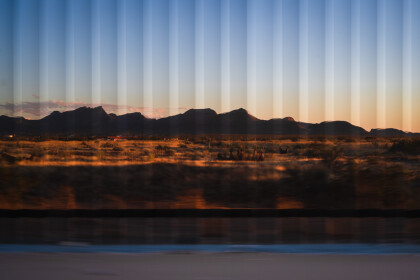
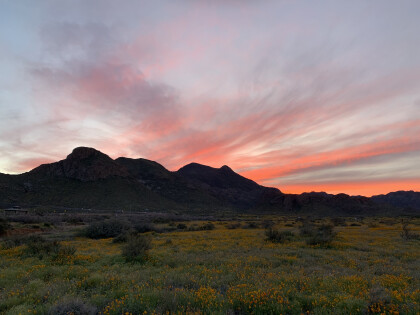
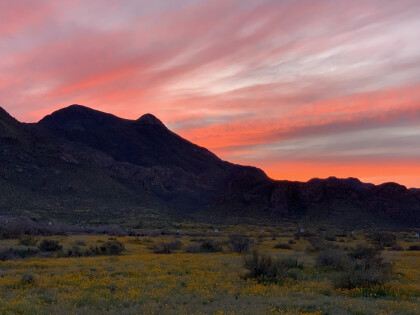
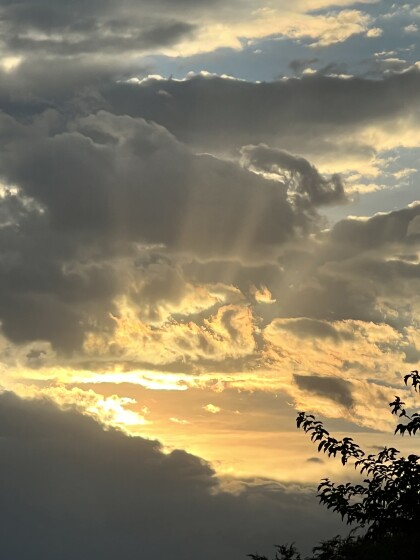
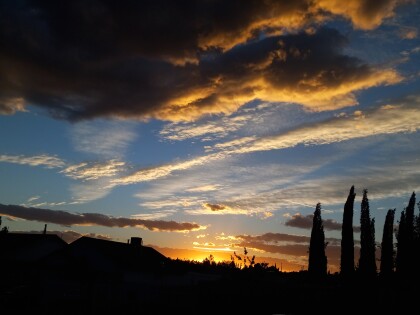
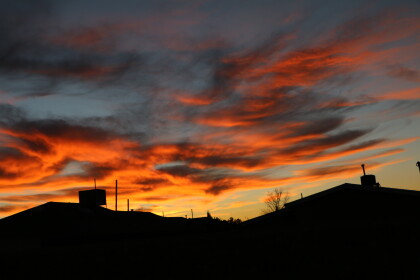
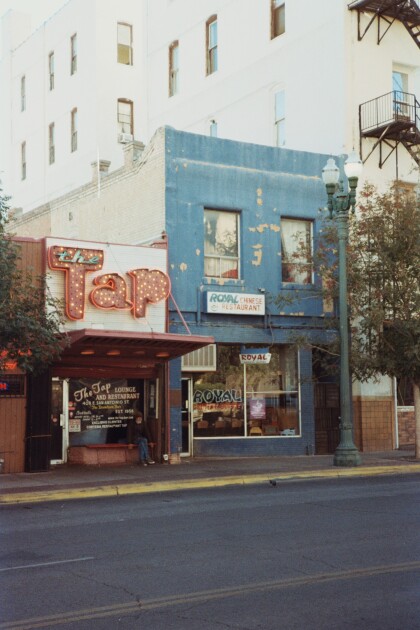
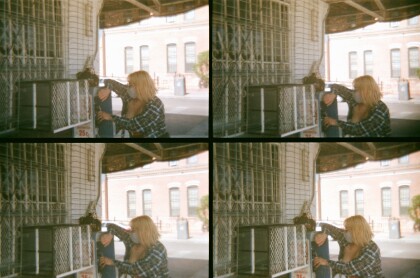
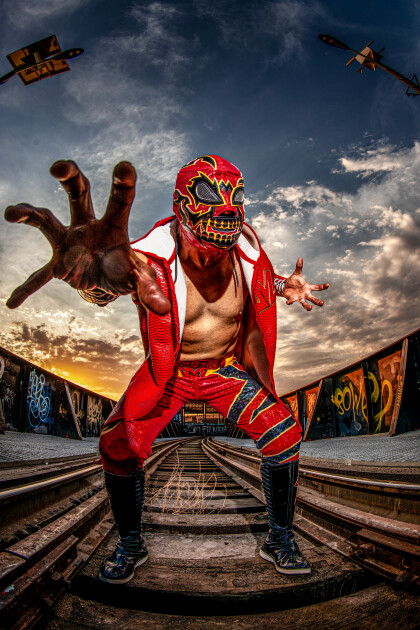


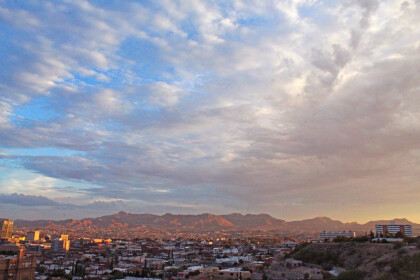

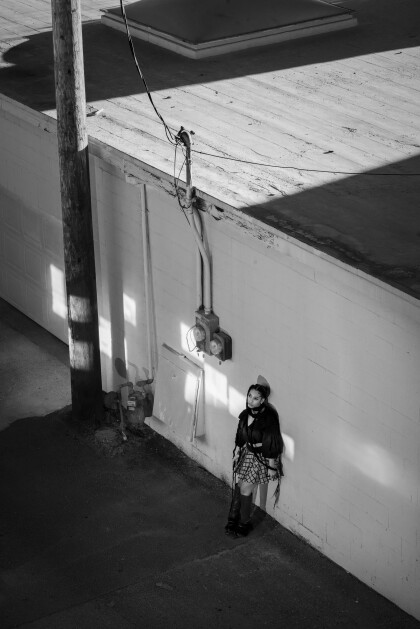

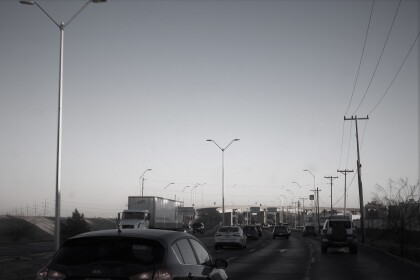
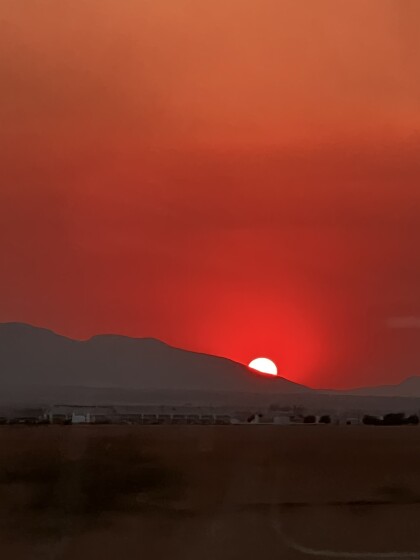
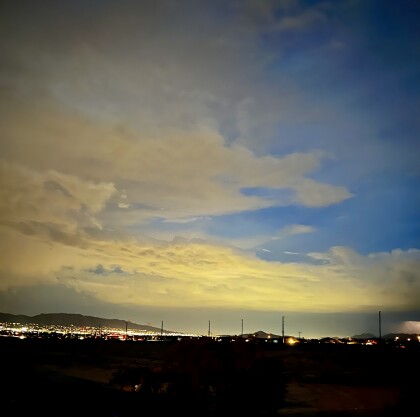
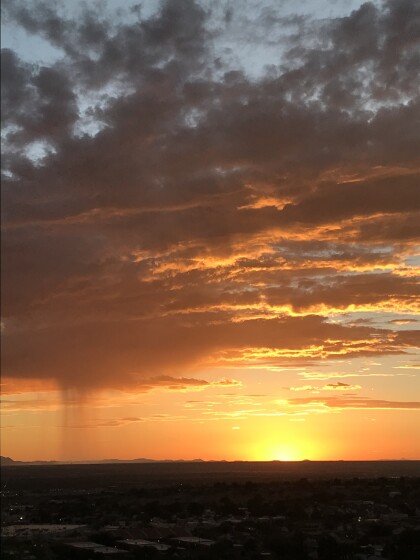
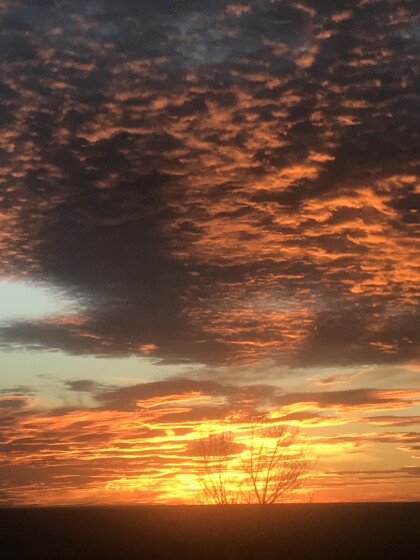
Comments
Add a comment